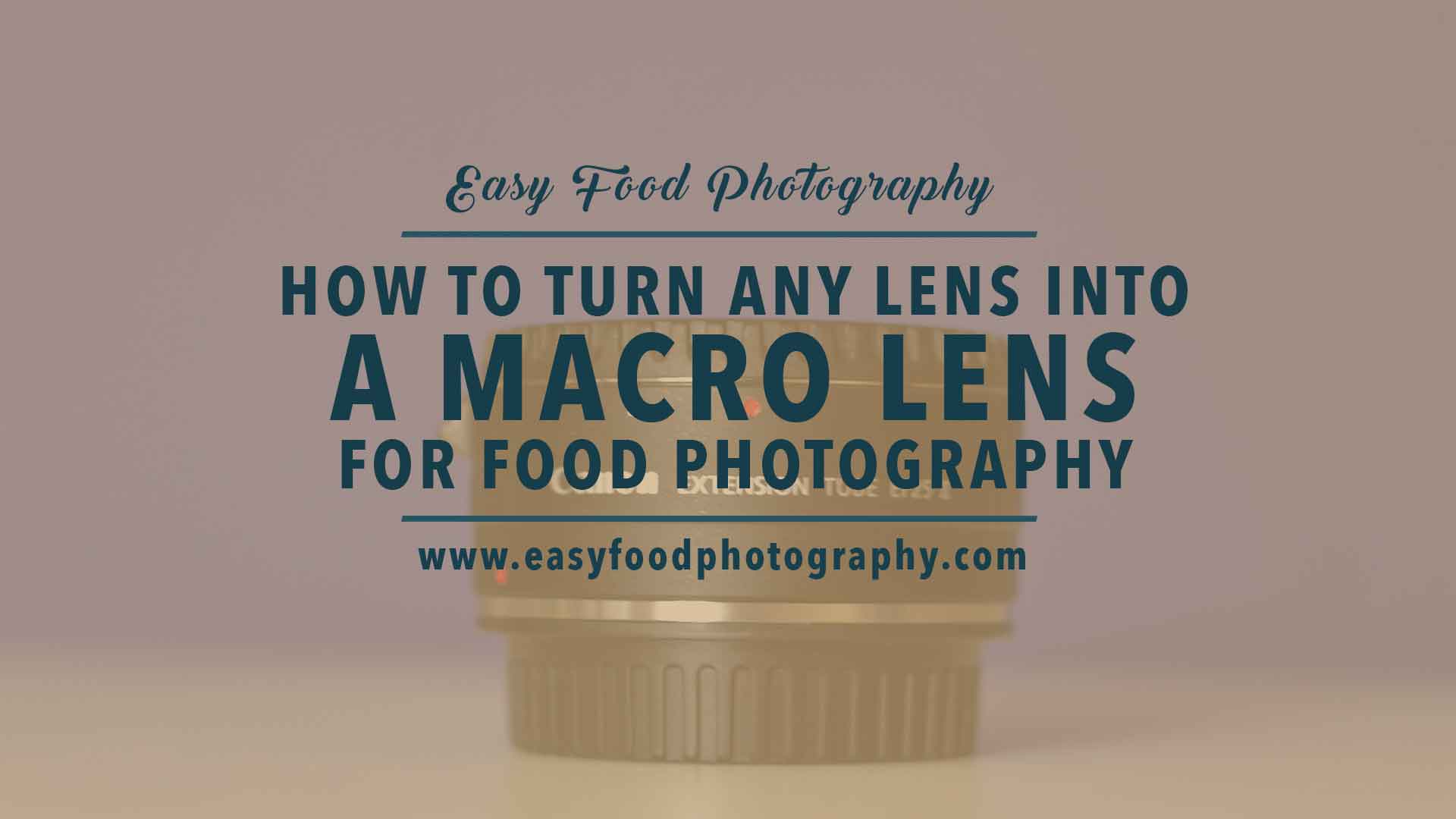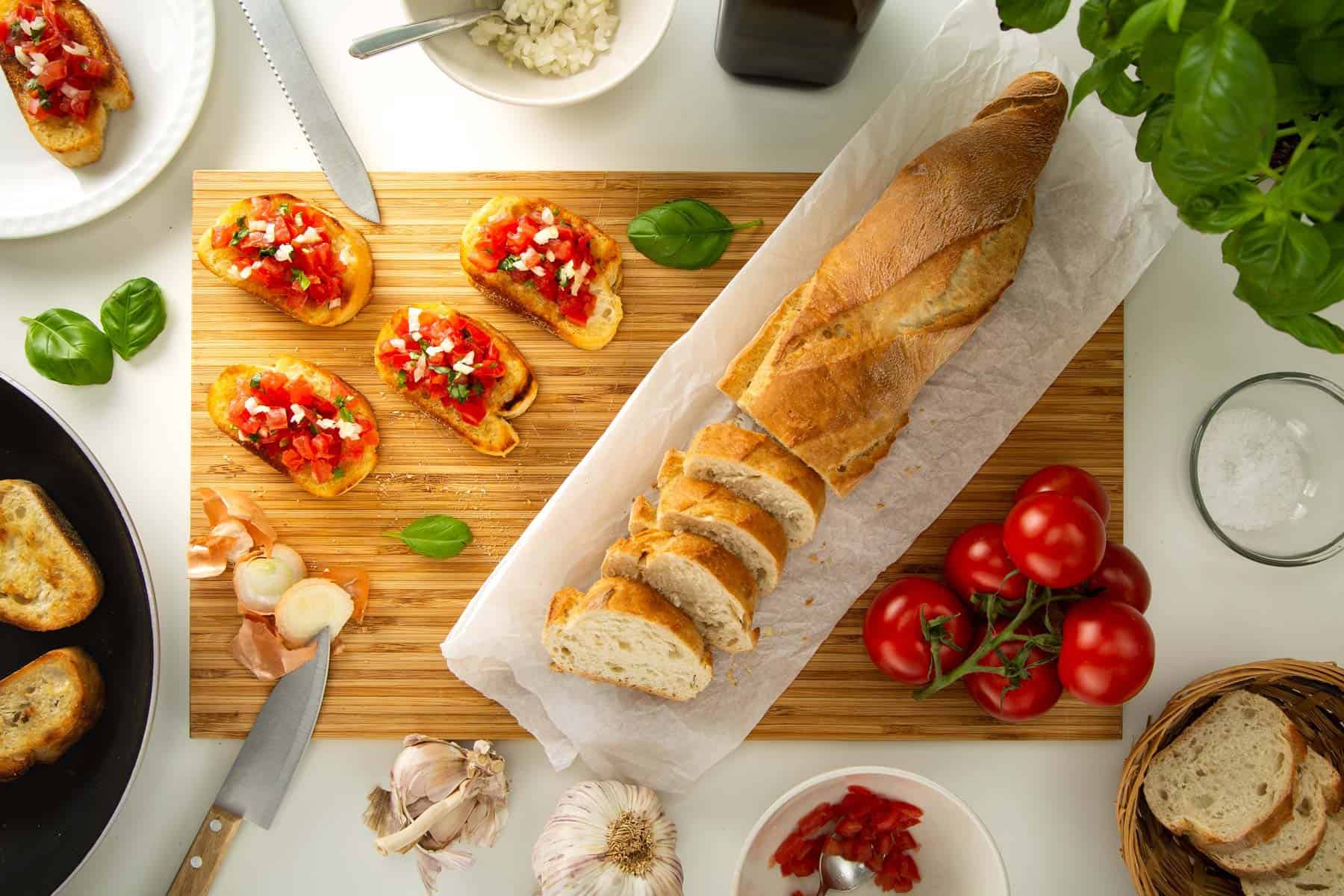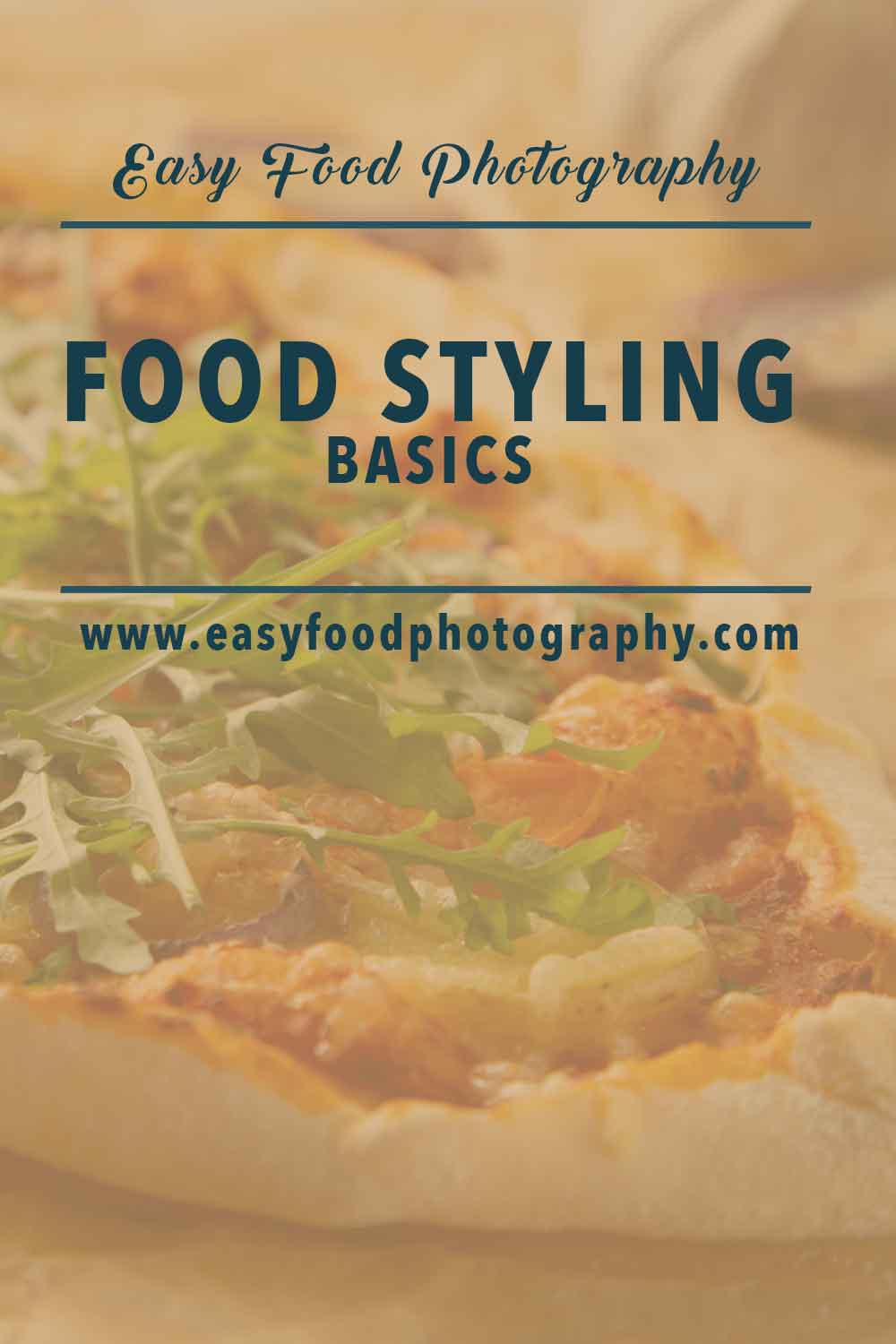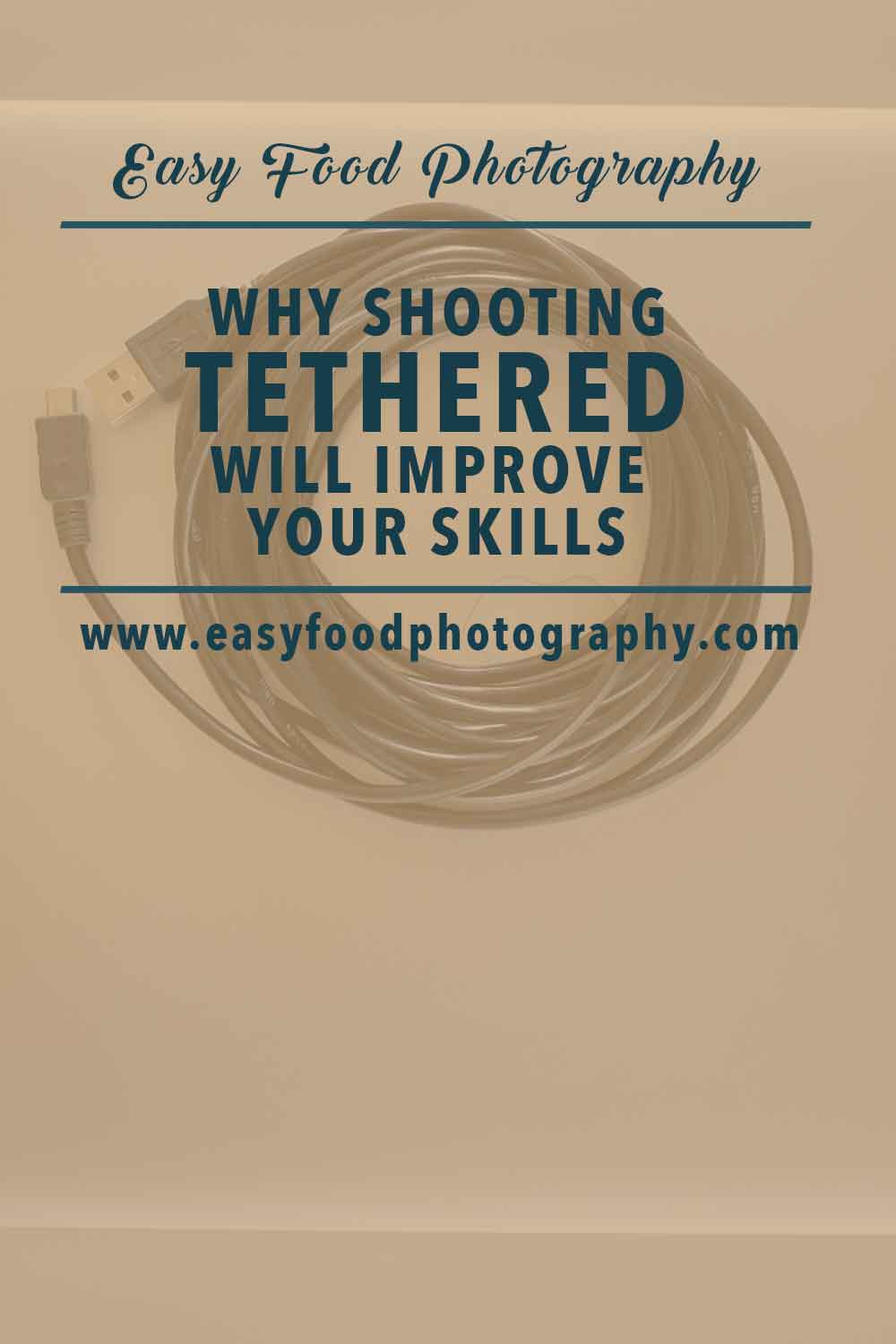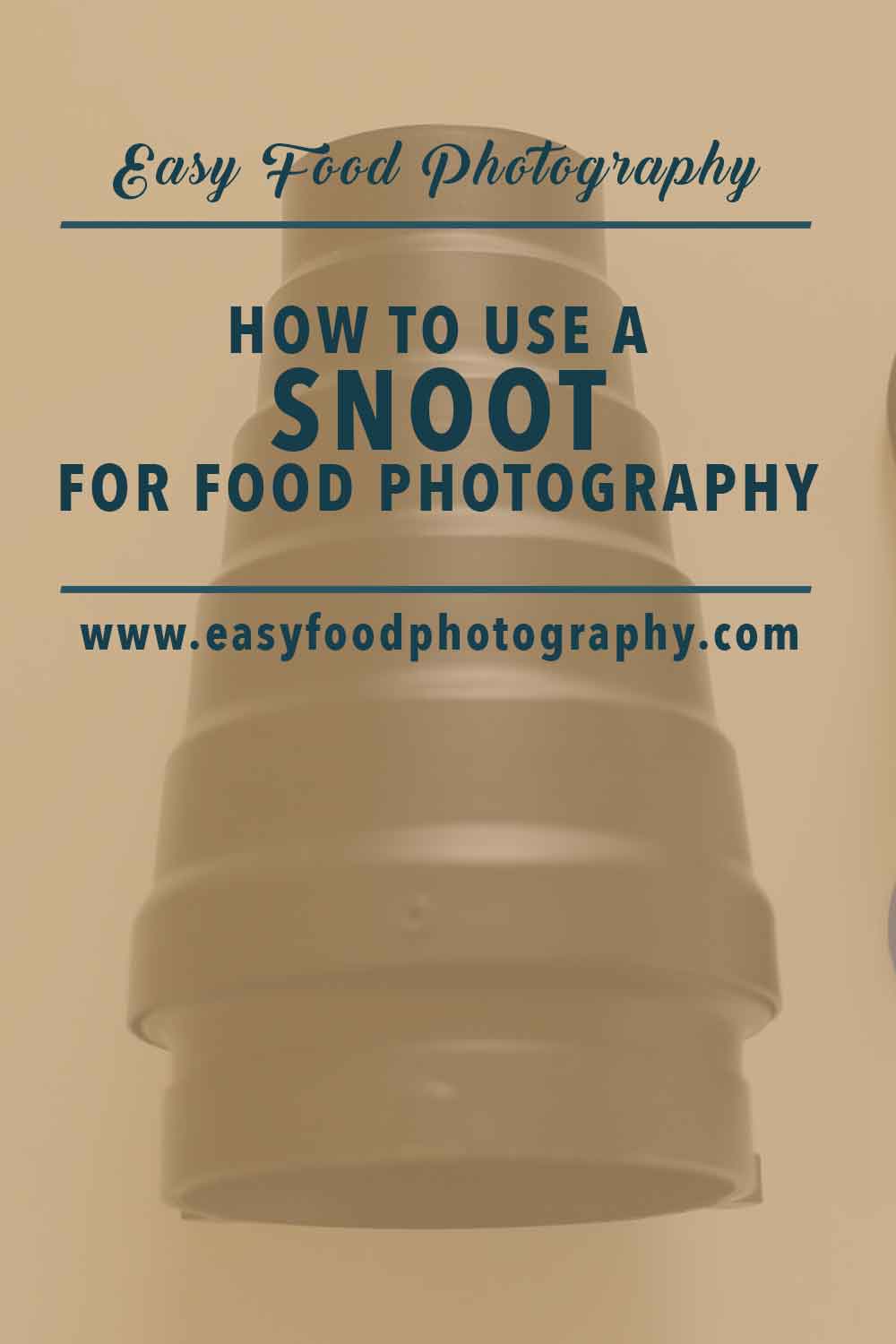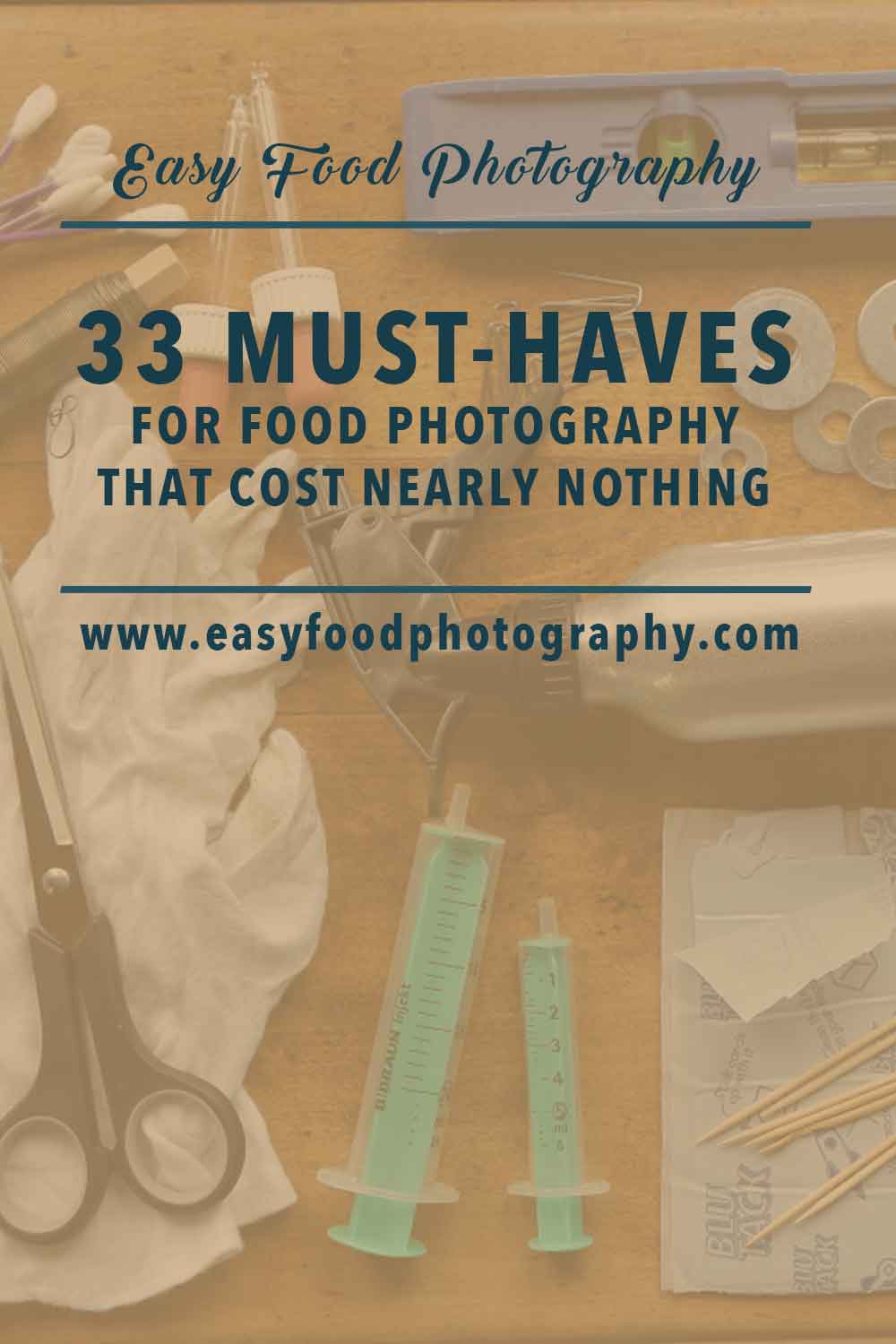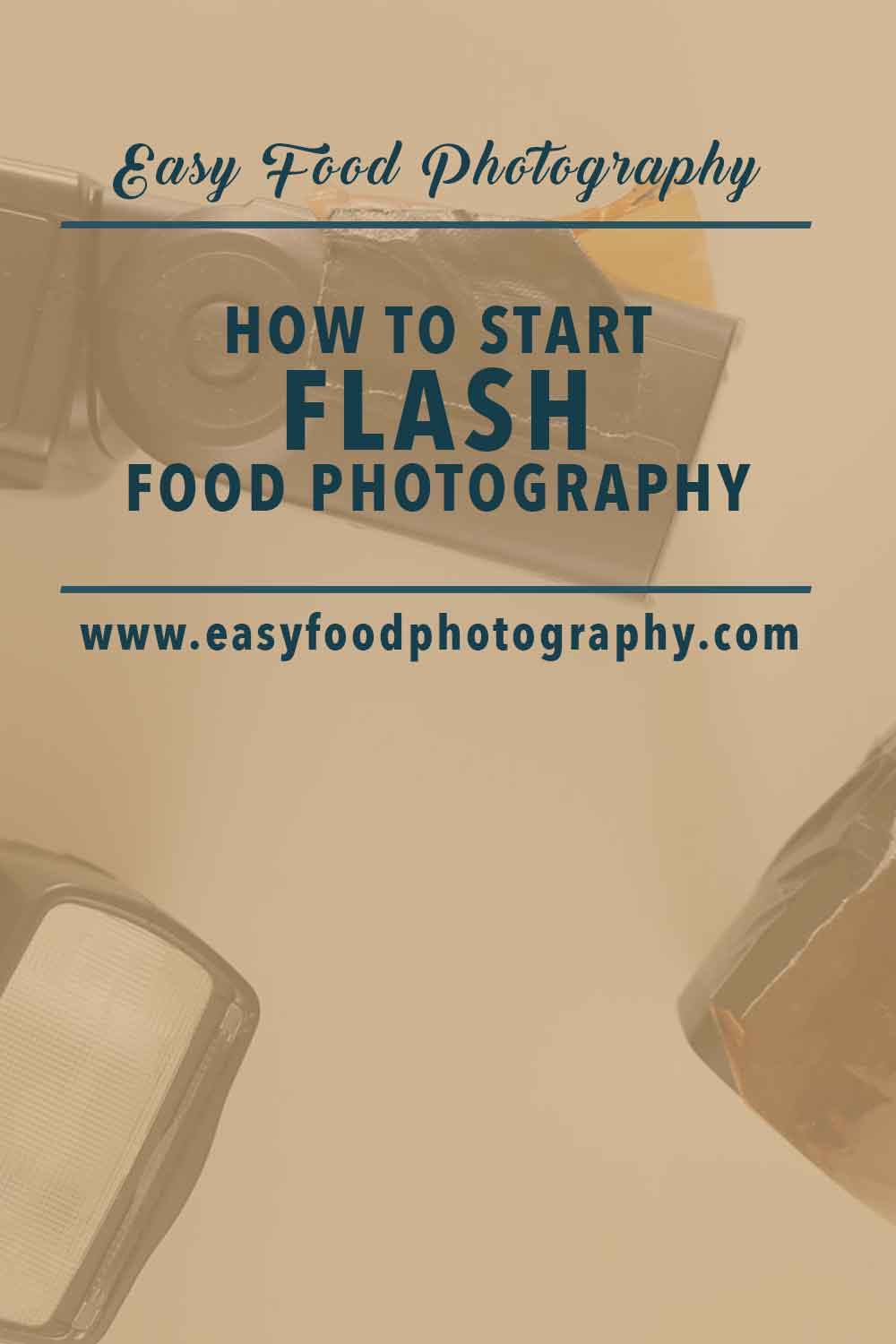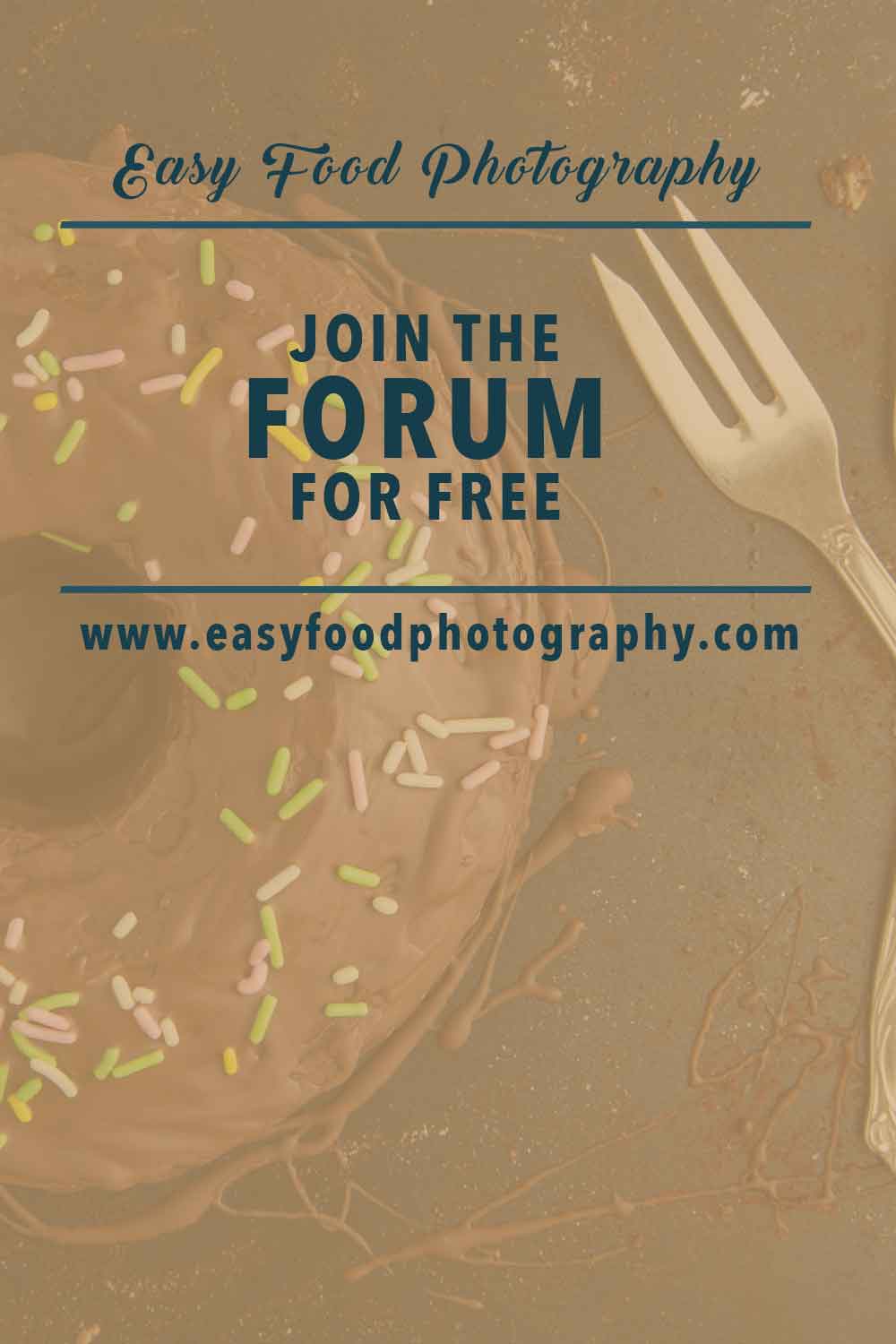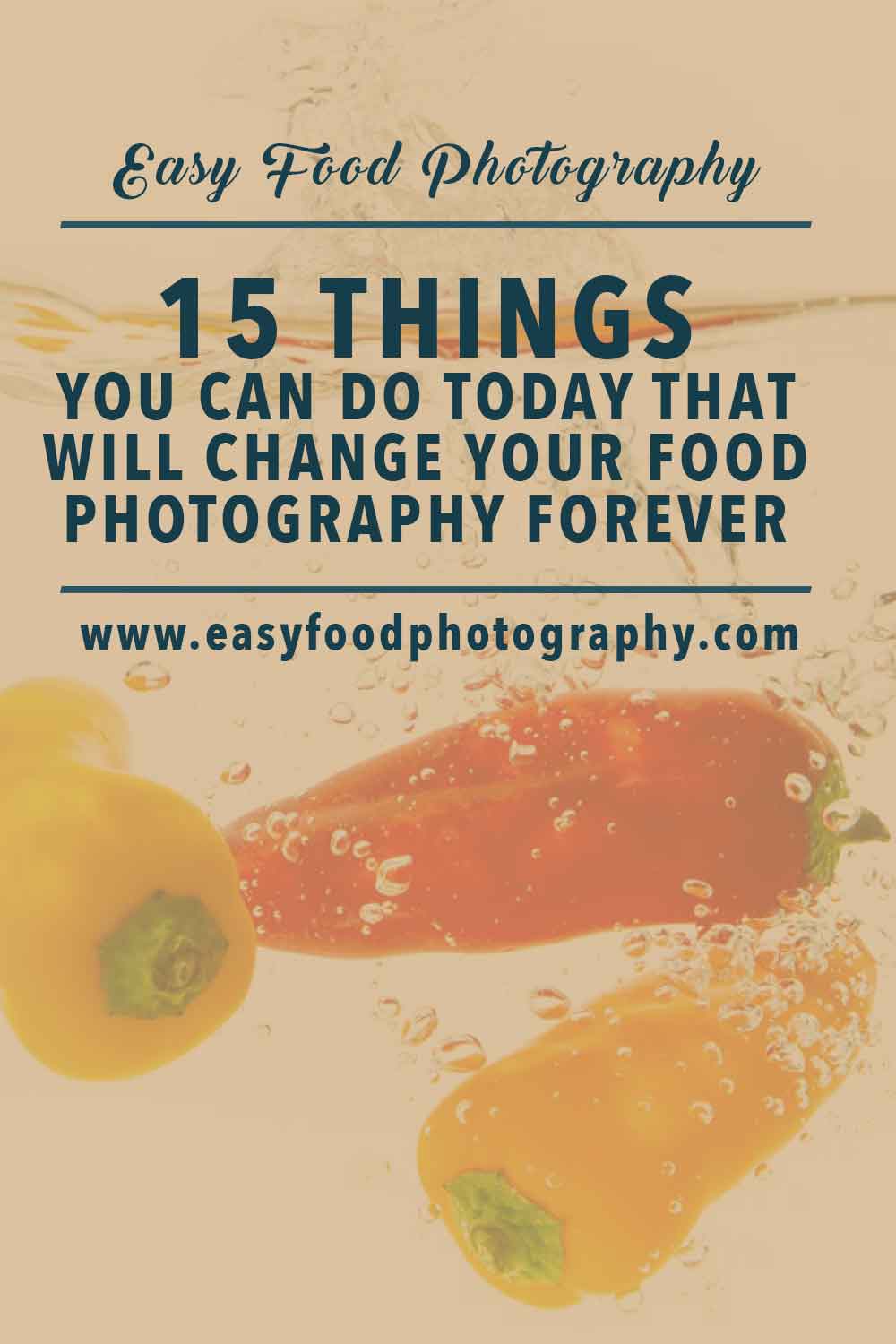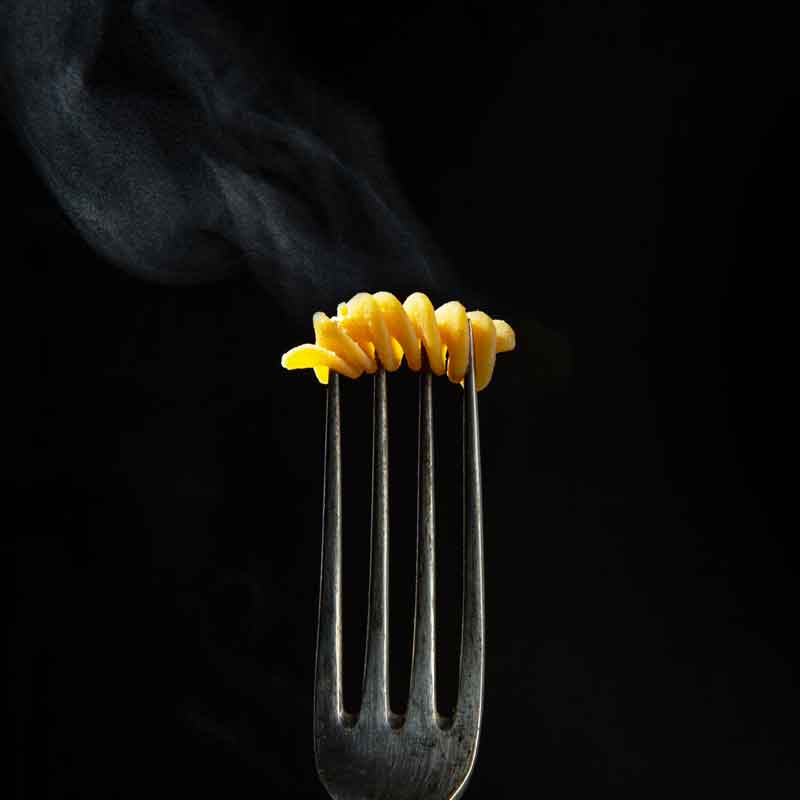
What an extension tube is
An extension tube is practically a spacer between your camera body and your lens. It will shift the minimum focus distance of your attached lens towards your subject. That enables you to get closer to your subject and you can begin taking great macro shots even with a non-macro lens.
- What an extension tube is
- How extension tubes work
- The 5 foremost upsides of extension tubes are:
- Downsides
- No longer able to focus on infinity
- Extension tubes can introduce vignetting
- Extension tubes multiply and reveal the imperfection of your lens
- Notable light loos with extension tubes
- The difference between an extension tube and a macro lens
- Which one to choose
- Extension tubes without electrical contacts
- Extension tubes with electrical contacts
- Practical tips
- Alternative ways to get closer
- Conclusion
In food photography, we use often a macro lens. When using a standard lens either if it’s a prime or a zoom lens there is a limitation on how close you can get to your subject.
Usually, you can’t get close enough to make a macro shot because you will run in the so-called “hot focus” area. That’s the area behind your minimal possible focus distance.
And it means practically the area you can’t get anything in focus anymore because you are too close to your subject. It’s a physical limitation of your lens and how it’s built.
Usually, you need a special lens with a macro option to take photographs in such small distances. But they are pricey to get and if you are starting your food photography journey you probably don’t want to spend such an amount of money for a lens or your budget is already tight.
Anyways. It’s always a good thing to start thinking about alternatives.
And an extension tube is such an alternative. An extension tube is an inexpensive way of bending the above-mentioned physical limitations to your needs.
Well, extension tubes come in different sizes. The range depends on the brand but most manufacturers provide a range of extensions between something around 8mm and 35mm. I’m using a 25mm extension tube for my food photography here and then.
If you want you can combine multiple ones to increase the extension even further. But be aware for a lot of lenses this makes no sense because the minimum focusing distance will be inside the lens which means you won’t be able to focus at all.
How extension tubes work
Using an extension tube on your camera will give you the possibility to make nearly any lens into a macro lens without costing a fortune like a real macro lens. Technically it makes your minimum focus distance smaller.
An extension tube as already mentioned is an attachment that is mounted between your camera body and your preferred lens. It makes your lens physically longer and is just a metal tube extension without any optical element. That means there is no glass element involved which you may know from optical teleconverters which are doing a different thing.
The 5 foremost upsides of extension tubes are:
- They give you a boost in magnification like a macro lens
- They are not as heavy as a macro lens
- They are way cheaper as a macro lens
- They can be used on a wide variety of lenses
- They are easy to mount and unmount to your camera
There are really just a few lenses where you can’t use them. You should do web research before you purchase one for your system.
Downsides
You may ask yourself now why there are macro lenses at all if extension tubes are doing more or less the same?
Well, I should mention the downsides here. There are a few of them to be mentioned.
No longer able to focus on infinity
Attaching an extension tube means that you will no longer be able to focus at infinity but therefore you are able to get closer to your subject. And that’s exactly what you want: getting closer to your food.
Maybe this downside isn’t a real one because by using an extension tube you don’t need the range of infinity. For me, this point was never a big deal.
But what it does mean is that you can’t put an extension tube on a lens and leave it there forever.
Extension tubes can introduce vignetting
Depending on what lens you are using it can introduce some sort of vignetting to your picture. For sure they will cause always some kind of vignetting on telelenses because they are typically designed for use with either 50mm or shorter lenses.
Cheap plastic extension tubes are also known for producing some stray light because of their poor quality. You can try to alleviate the vignetting by stopping down your aperture bit.
Extension tubes multiply and reveal the imperfection of your lens
A more or less bigger issue is that an extension tube will affect your image quality. How big the loss in image quality depends on the used lens because every lens reacts differently.
But what is exactly happening by using an extension tube?
Well, as said before it works more or less like a magnifier. Lenses, in general, are working best for the exact focal length they are built for. And that’s making total sense.
By mounting an extension tube to it all the imperfections of your lens are magnified too. What maybe isn’t seen at the focal range it’s built for is revealed and multiplied if used in combination with an extension tube.
So if you want to use an extension tube as a cheap alternative to a macro lens you should test your owned lenses with that.
To get an idea of how the extension tube will affect your image quality you have to test it for every single lens. There can’t be made a general statement about that. So go test your lenses before using them.
For example, I used a long time (and still using it) a Canon EF 25 II extension tube at a 24-105mm, f4.0 zoom lens. I mentioned a notable decrease in sharpness to the edges of the frame. But because I always put the point of interest in the area which is perfectly sharp that isn’t a big issue for me.
But as said it’s good to test these things before using them in a client environment. And honestly, for a paid client shoot I always use a Canon EF 100mmm, f2.8/L macro lens. There is nothing beatable else in the Canon world.
Notable light loos with extension tubes
Another big downside of using extension tubes is related to light loos. Because you make your lens physically longer the light through your lens has a long way to the camera’s sensor. And because you are only using a metal tube as a spacer to make that happen, you lose light on that journey through the now longer lens.
So using an extension tube will increase the effective aperture of your lens. To address that issue you can compensate for that either by using a higher ISO or a longer shutter speed.
Depending on which extension tube length you are using the light loss can be between 1 and 2 stops But if you are stacking more extensions together the light loss can be even dramatically more.

The difference between an extension tube and a macro lens
The main difference between an extension tube and a macro lens is probably its original purpose. A macro lens is designed and built for the specific reason to bring your objects on a 1/1 magnification close to your camera. The purpose of an extension tube is a slightly different one.
It is designed for decreasing the minimum focusing distance of nearly any lens.
So the macro lens is built to have no distortion and loos in sharpness etc. It’s a perfectly designed tool to get your macro shot done.
The extension tube instead – which by the way can be stacked to your macro lens as well to even go closer to your subject – will probably have a different magnification relation (not 1/1 magnification) depending on what extensions you are using on what lens.
And that’s the crucial point. Extension tubes will introduce any imperfections of your lens at that magnification level they provide. That’s because the used lens never was meant to be used with an extension tube in the first place.
Which one to choose
When it comes to extension tubes nearly every major brand has its own ones. Also, you can get some third-party ones for nearly every popular brand out there.
As I know only Sony offers no own ones but there are third-party brands that fill that lack.
First to be mentioned that extension tubes come in different sizes. And there are principal two different ones available.
Extension tubes without electrical contacts
The cheaper ones come without any electrical contacts. This means they have a big price advantage but they are a bit of a pain because you only can use them fully manually.
The biggest drawback might be that you have no aperture control. In most cases, you have to shoot at a fully open aperture. That means you are shooting with a very shallow depth of field too.
To get the focus right you might have to comp multiple shoots with a focus stacking technique to get everything you want into focus. If you do own some vintage lens with manual aperture rings (using an adaptor to get it on your system), you can maybe stop down manually.
Extension tubes with electrical contacts
The second ones available on the market are with electrical contacts which means you can fully control the aperture through your cam as you would do with any other lens.
I highly recommend working with these ones even they are more pricey. Theoretically, you can use the autofocus of your lens too, but in my experience, this can often cause trouble.
But anyways you should focus manually when you are doing food photography. For that shooting tethered is a good option to go to.
Practical tips
When you use extension tubes for your macro food photography you will get the best results when you set your focus manually.
In my experience, the autofocus is often not getting it right when I work with extension tubes. Anyways you should do your focusing manually when doing food photography.
That leads to the next important step when working with extension tubes. Do yourself a favor and put your camera with your extension tube always on a tripod.
Mention that every little shake will decrease and affect the sharpness of your image. When working with a DSLR even the flipping of the mirror at the moment you push the trigger can cause micro-vibrations which will lead to an unsharp image.
When I first mounted an extension tube to my camera I was wondering because I could not get anything in focus. But never mind, it’s still working. But in that case, you aren’t close enough to your subject.
Remember the reason what an extension tube is doing? It decreased the minimum focus distance to a minimum. So if you can’t get anything in focus move your camera closer to your food.
Alternative ways to get closer
Besides an extension tube, you have other ways to get your macro shots done. The best, but most expensive option is to buy a real macro lens. This is what a professional food photographer will do.
For Canon, the 100mm, f2.8L macro lens is the way to go. For different brands, there are similar options.
The big advantage of a “real” macro lens is that it is built for that very own reason and you will get clear sharp results without any distortion. On the other hand, they are quite expensive and maybe not in your reach when you start with your food photography.
Another cheap option is to use macro filters also called close-up lenses which you screw in front of your lens. They will work more or less like a magnifying glass.
I have no experience with these, but I would be very cautious with them because you introduce an optical element to your workflow. It might depend on how good the coating and filter glass itself is.
Conclusion
If you are looking for an inexpensive way to get your minimum focus distance decreased to get closer to your food, extension tubes are a good way to go. They are much less expensive than macro lenses.
They have a bunch of really interesting upsides like being cost-effective in comparison to a macro lens. They will give you a boost in magnification nearly like a macro lens, you can use them on almost every lens (they will work on the nifty fifty or on wider lenses better than on telelenses).
They are not as heavy as a macro lens. You can stack a few of them together and experiment with that and they are easy to mount and unmount to your camera.
But of course, there are downsides as well: You won’t have the ability to focus to infinity. Used on telelenses they will introduce some vignetting into your images.
Depending on which lens is used they can cause a mentionable loss in image quality. And they will cause notable light loos depending on which extension tube you use in combination with the focal lengths of your lens.
If you think of buying one I recommend getting an active one with the option of mechanical connectivity to your lens so that you can control the aperture.
Overall extension tubes are a good and cheap alternative to have in your toolbox compared to a much more cost-intensive macro lens. It comes with a few downsides, but if you can live with them you get a tool that will increase your compositional photographic creativity.
I’m really curious about what you will do with your extension tubes. I would like to see your finished pictures. Share them on Instagram and tag them #easyfoodphotography so that I can easily find them or join the forum and post it there.
If you found that article helpful feel free to share it this would help me, too.
Cheers,

HOW TO MAKE ANY LENS INTO A MACRO LENS was written by EasyFoodPhotography founder and editor Alex Fuchs. Alex loves photography and good heavy stoner rock music. His food styling skills are restricted, but he is working on that. When people approach him saying “You can’t do that” his maxim is always: I’ll do it in a minute. He loves to be challenged. Follow his Instagram feed. You read “How to make any lens into a macro lens”.
